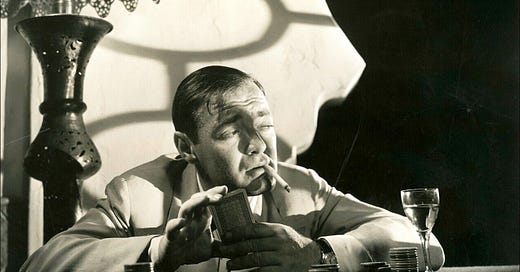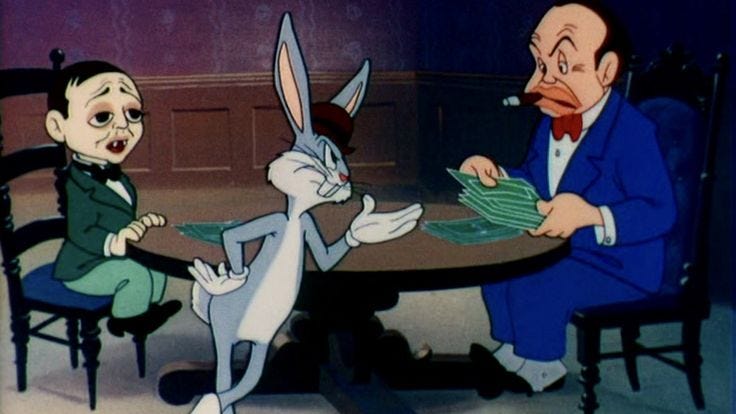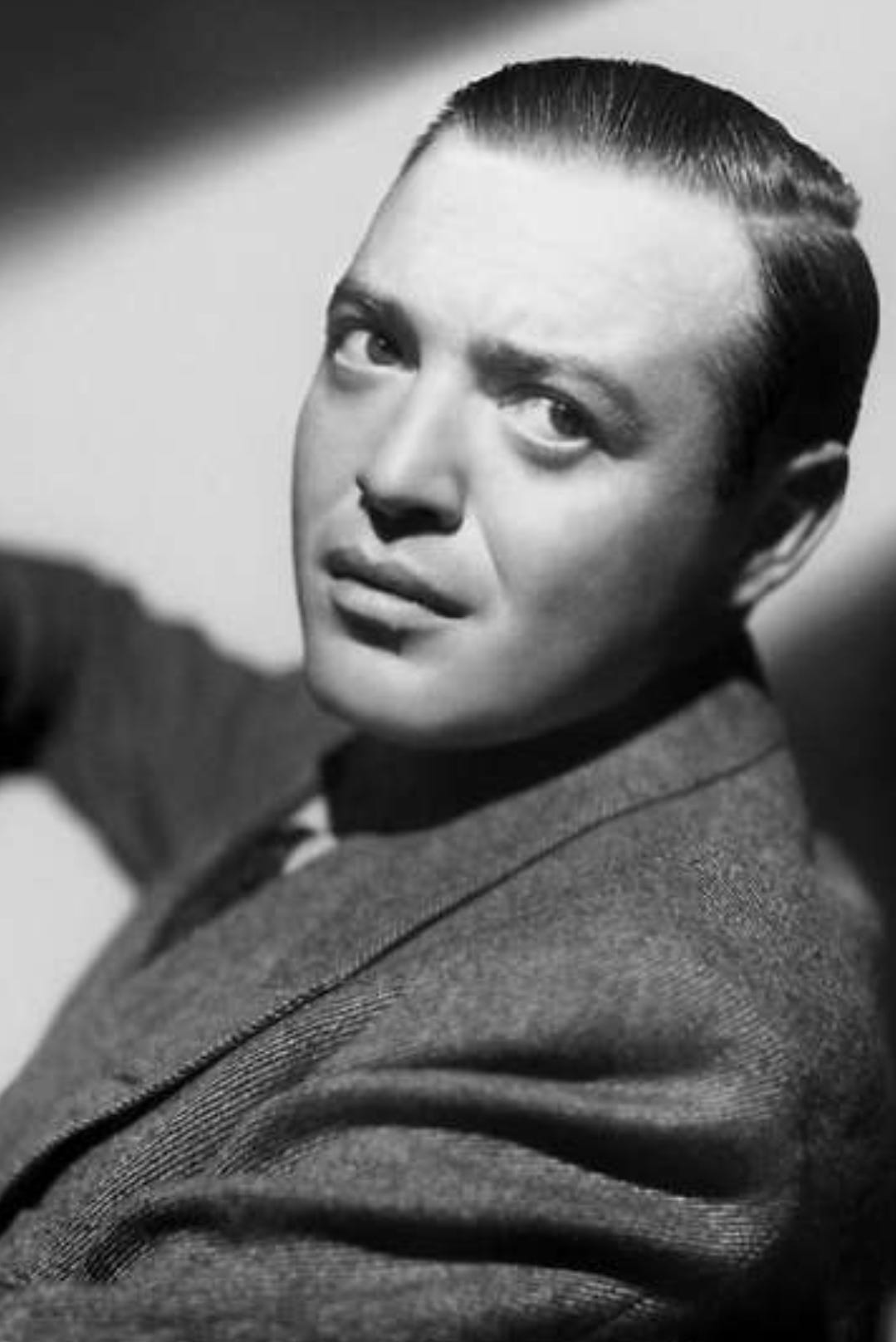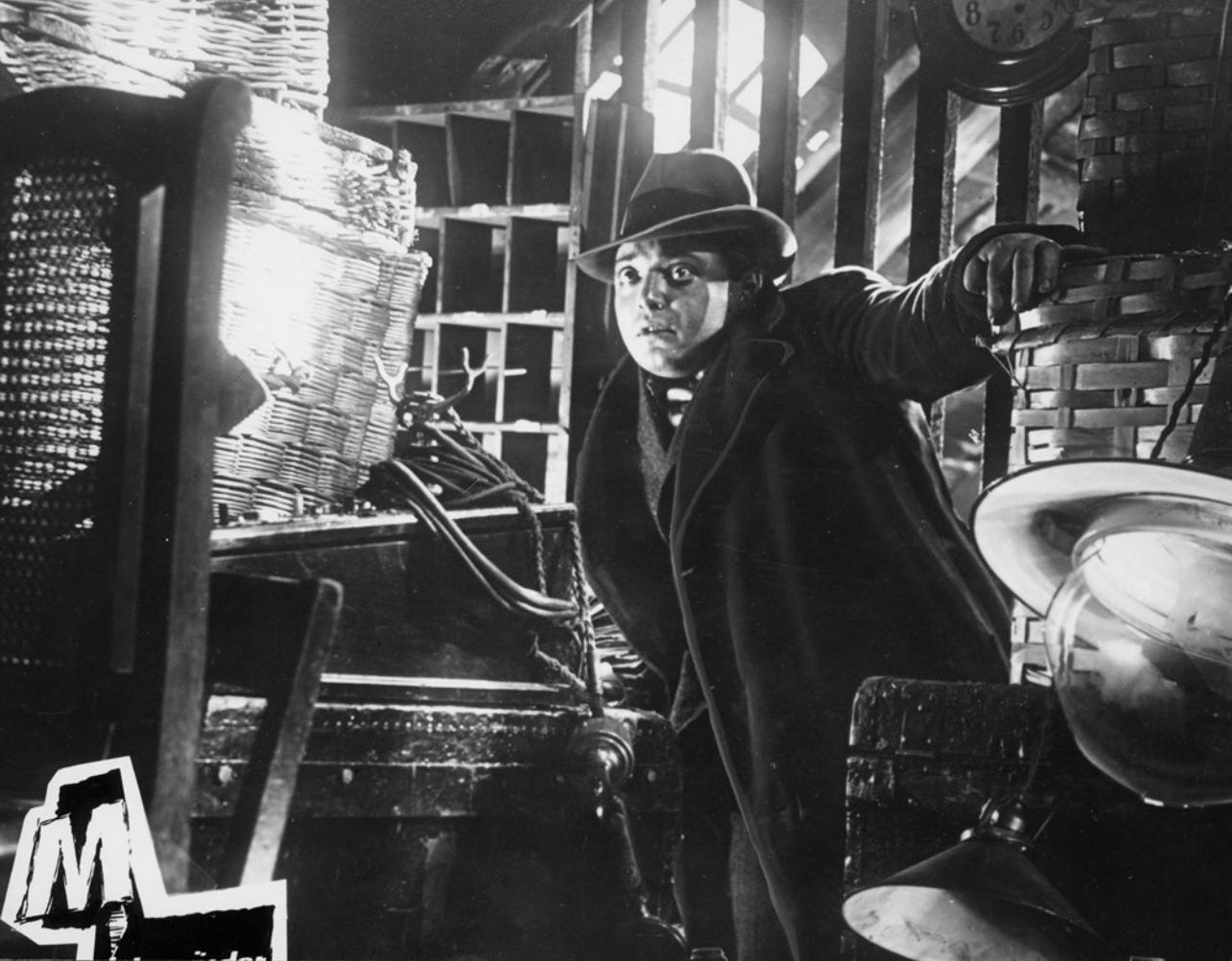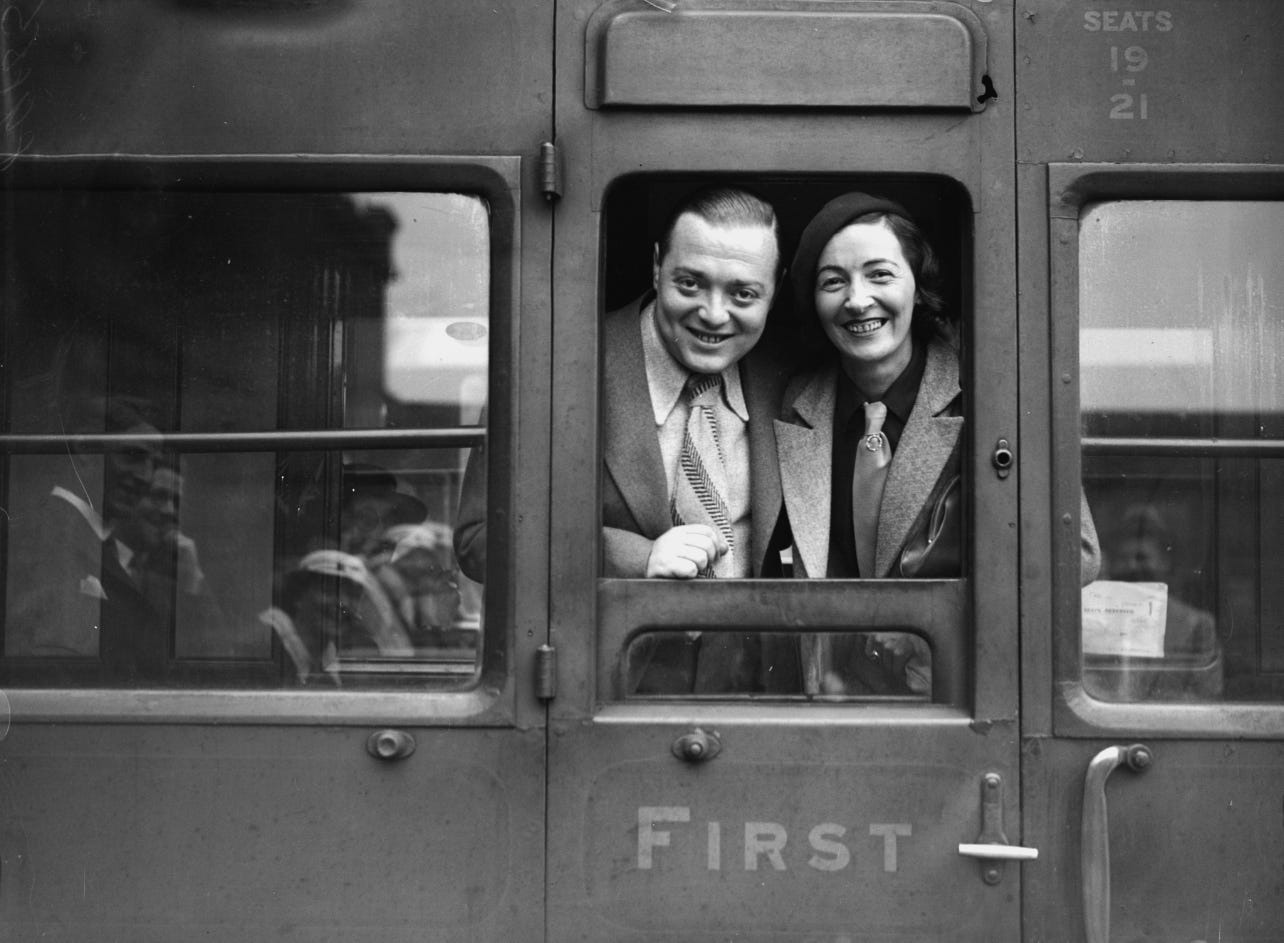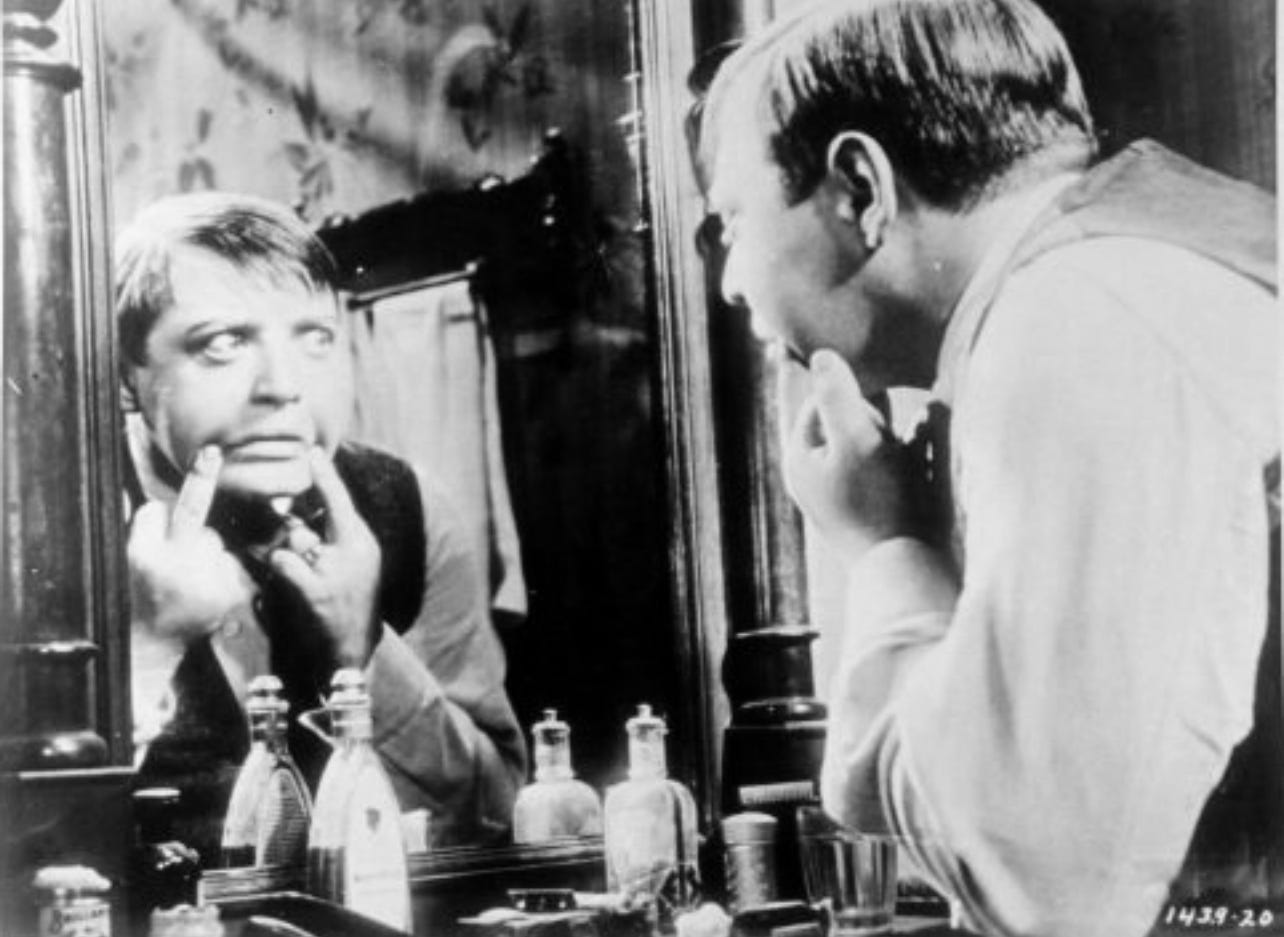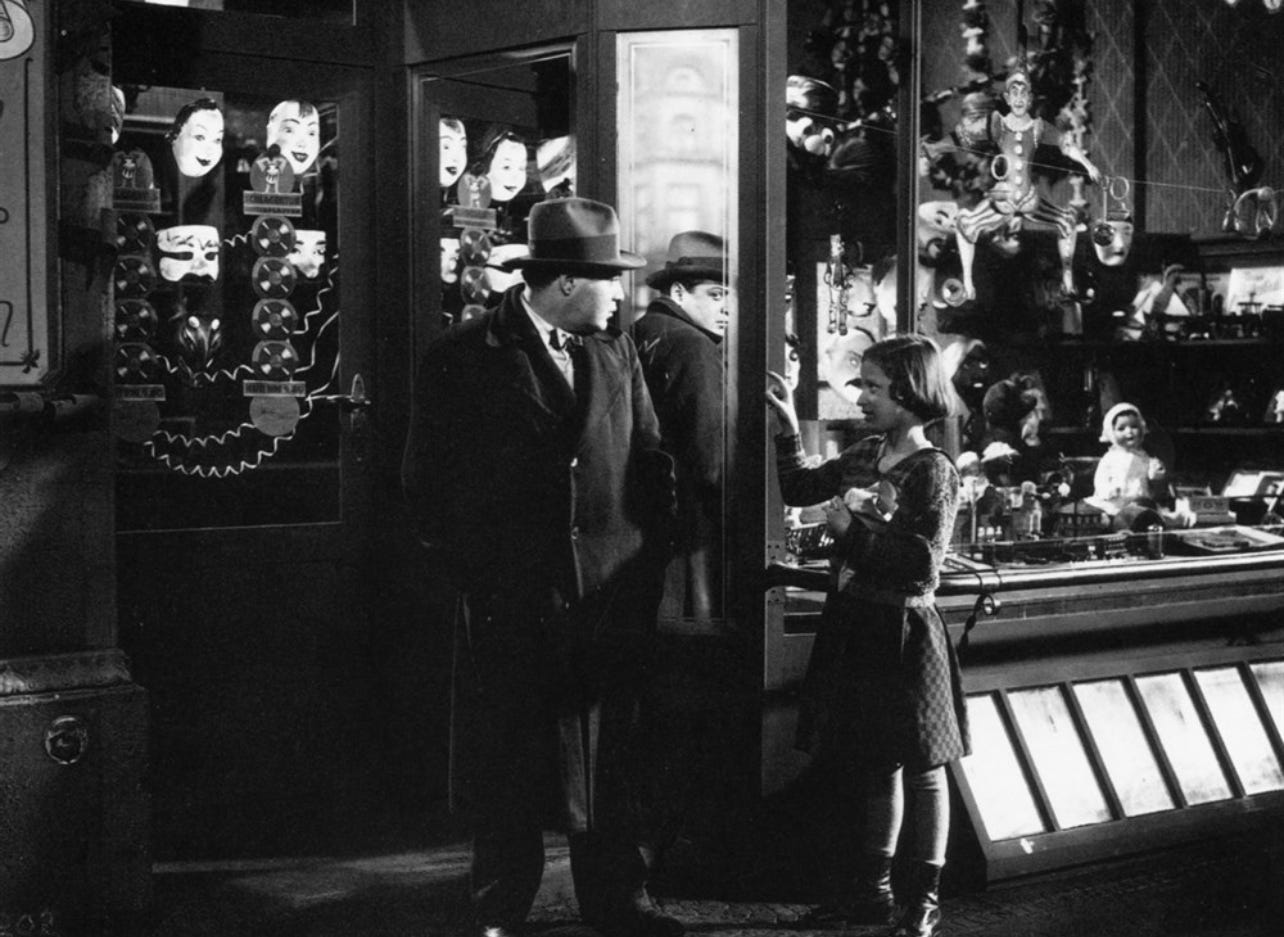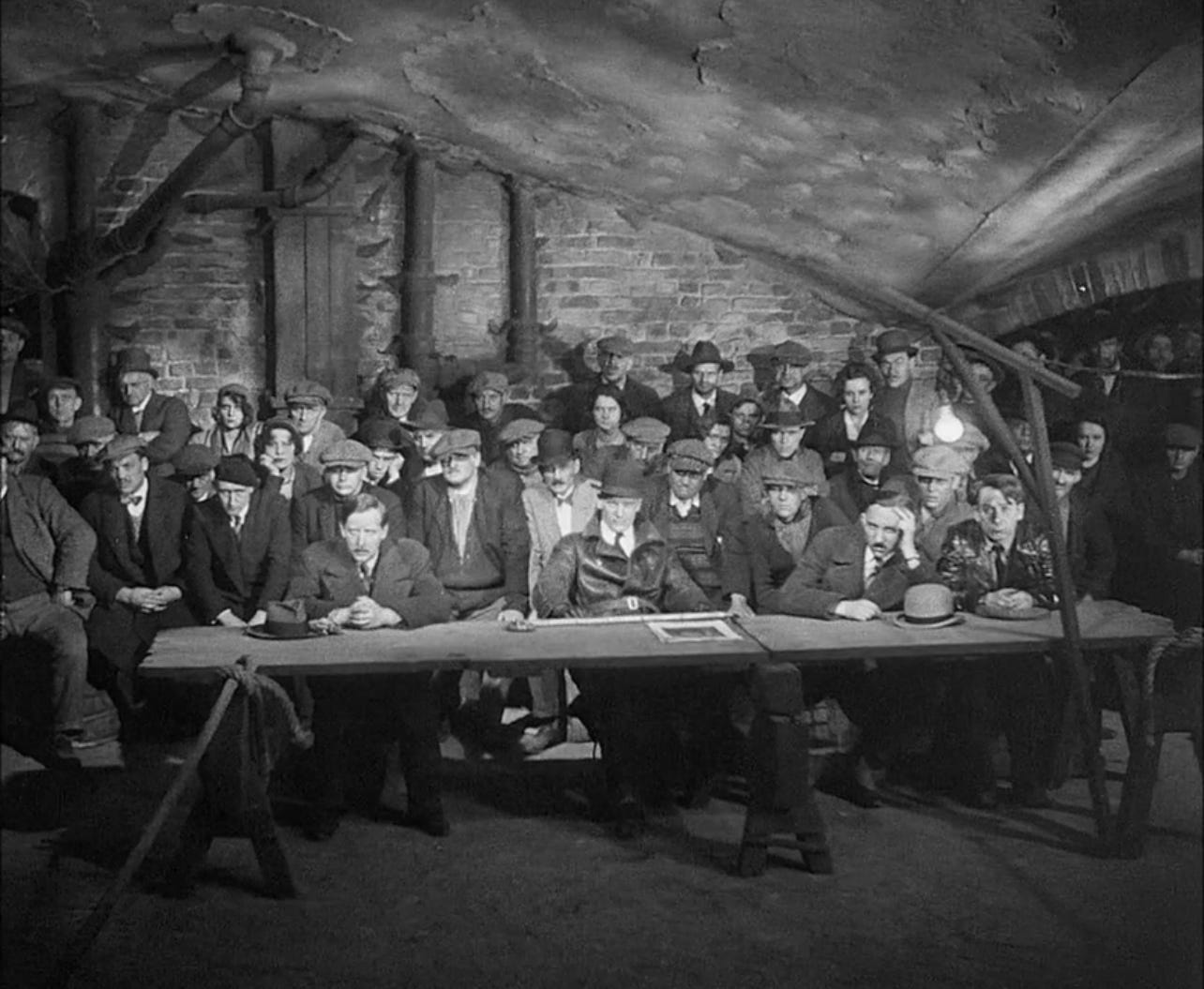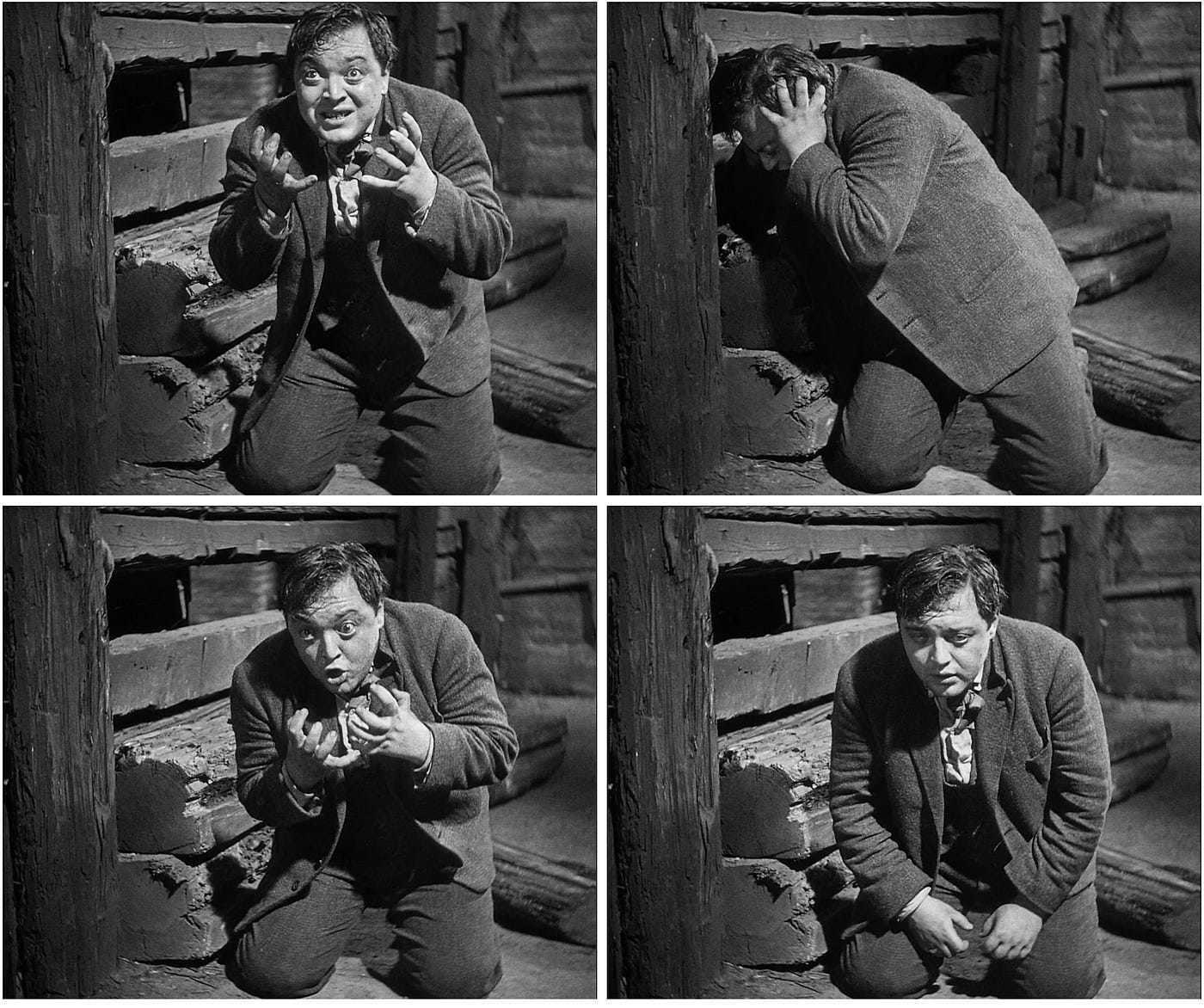Introduction: His Cartoon Legacy
As you’ve probably guessed from all my posts, I was raised in front of the television.
As a child I’d watch a lot of Looney Tunes. Every once in a while, this character would pop up on screen;
He would usually show up as an adversary to Bugs Bunny or Daffy Duck. He’d attempt to capture Bugs or Daffy in order to eat them, like all their other foes, but this one felt creepier than Elmer Fudd or Yosemite Sam. He had this big head, and large, bulging, sleepy eyes. He spoke with a vaguely European accent in a whispery voice that sounded like he was telling you a secret. He’d then let out a single chilling giggle that sounded like he just woke up from a nightmare. He looked so unnerving, in my head I was like “Oh this must be the worst villain in Looney Tunes.”
In the Looney Tunes short Hair Raising Hare (1946) directed by Chuck Jones, he’s a mad scientist, who’s trying to lure Bugs to his castle, so he can feed him to his monster, an orange fuzzy beast wearing tennis shoes, later called Gossamer. Bugs uses hit wit and good humor to outsmart the scientist at every turn.
In Racketeer Rabbit (1946) directed by Friz Freleng, he plays a sniveling henchman to a gangster. They rob a bank, and hole up in a dilapidated house which happens to be over a hole in the ground, that leads to Bugs’ home. When the crooks try rub out the rabbit, Bugs makes fools out of them, because of course, he’s the hero of our hearts.
There a bunch of other times this character makes appearances throughout the run of Looney Tunes shorts. Sometimes he was a villain, other times he was just used as a cutaway joke. I was always excited to see him.
He didn’t mean anything to me at the time, though. I thought he was just a funny looking cartoon. I didn’t realize as a little kid that Looney Tunes was rife with pop cultural references from the time those cartoons were released, which was 1940-1950.
Being the curious kid I was, I was aware when jokes in Looney Tunes would go over my head. I’d become obsessed with understanding every joke, and I’d ask my parents when I didn’t get something. My mom was the one who said “I think that’s supposed to be Peter Lorre.” When I asked “Who’s Peter Lorre?” she showed me Casablanca (1942).
Peter Lorre is not even in Casablanca for that long. He has 9 minutes of screentime in total, but you don’t forget him.
My mind was blown. There he was; the worst villain in Looney Tunes rogue gallery, on screen as a flesh and blood human being. He still had a big head, his bulging eyes were still sleepy, his accent was still eastern European and he was giggling nervously. His real voice was very breezy sounding, almost like a sigh, as if he was just floating through life. This was betrayed by his neurotic energy.
Casablanca is about a bar in the titular city in Morocco owned and operated by American ex-patriot Rick Blaine (Humphrey Bogart).
Lorre plays Ugarte, a petty crook who specializes in forging letters of passage for refugees, and possibly other shady dealings in the black market. He asks Rick if he heard about the two German couriers who were murdered recently. Rick responds by acknowledging that he did indeed hear about it, and that they had letters of passage on them.
Ugarte says to Rick “You despise me, don’t you?”
Rick responds “If I gave you any thought I probably would.”
In his next scene, Ugarte is apprehended by the police for suspicion of killing the aforementioned German couriers. He tries to evade capture, shooting his way through the authorities, but he’s tackled by several guards and is dragged out of Rick’s Club Americana. His last words are screaming “My god, Rick! Help me!”
Then I watched the rest of Casablanca and it’s great, blah, blah, blah, one of the greatest films of all time yada, yada, yada.
Now that I knew this was a real actor, I wanted to seek out more Peter Lorre movies. I wanted to know more about him.
His career was defined by the villains he portrayed. Each of them, unique, and laid the groundwork for movie villains going forward.

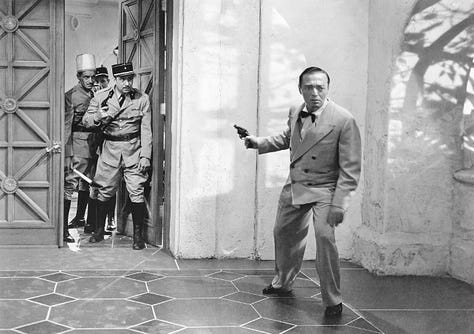
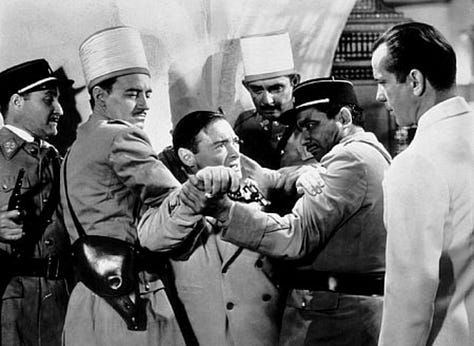
M (1931)
Peter Lorre was born Laszlo Lowenstein in 1904 in a part of Hungary that is now the nation of Slovakia. His parents were German Jews. His family moved to Austria when Laszlo and his brother were still very young. Laszlo’s mother died when he was 4 years old, and his father remarried his wife’s best friend. Laszlo and his step-mother didn’t get along, and as a result, Laszlo ran away from home often.
At 17 he joined an improvisational theater troupe, like we all do.
In the late 1920’s, the young actor moved to Berlin, where he worked with Bertolt Brecht (um, yeah THAT Brecht). He acted in two of Brecht’s plays; Man Equals Man and Happy End.
It was during this time, that Laszlo, now going by “Peter Lorre” met a fellow Austrian actor who would become his first wife, Celia Lovsky. They lived together for years before their marriage in 1934. Celia introduced Lorre to a filmmaker that would launch his career; the Austrian filmmaker, Fritz Lang.
Lorre got his big break when Fritz Lang cast him in his crime film M in 1931. M is considered to be one of the greatest German films of all time, if not THE BEST.
M is a precursor to films about serial killers like Psycho (1960) or The Silence of the Lambs (1991). It’s part procedural crime caper, part psychological thriller.
In the film, Lorre plays Hans Becker, a serial killer who targets young children. The city is gripped with fear after the disappearances of local kids. Citizens end up turning on each other, paranoid that their neighbor is the notorious child killer.
As the police are busy trying to solve this string of murders, some local crime figures decide to pull off a bank heist. There’s a pretty cool heist scene where they break into a safe through a hole in the apartment above the bank.
The police are stretched thin. They have no idea how to handle this case. They are ineffectual and the people don’t trust them. They end up getting wrapped up in the bank heist, leaving every criminal in town to have free reign, apparently.
When a blind man identifies a particular whistle he heard the night one of the girls disappeared, a young boy writes a letter “M” in chalk on Becker’s black coat. The boy, of course is a friend of some local crooks, who decide to take the law into their own hands.
Becker is kidnapped and put on a mock trial by the criminal underworld of Berlin, as an act of vigilante justice. The police are busy trying to nab the heist gang, so they have no clue what’s going on.
They give him a lawyer, allow him to present his side of the story, the defense and prosecution argue the relevant points, and the jury of grieving mothers find him guilty.

Lorre’s performance as Hans Becker is genuinely chilling. In this kangaroo court scene, Becker breaks down and confesses that he can’t control his compulsion to kill, because killing is the only time he finds peace. He’s haunted by the ghosts of the children he’s killed, and they only go away when he’s in the act of committing another murder. He’s screaming in agony over his feelings towards children, and even though everything he’s saying is disgusting, you feel sorry for him.
The film allows the audience to follow his character from early on in the film, to get into his mindset. You know immediately that it’s him, so there isn’t a mystery for the audience to solve.
The movie is broken into two halves; how Becker will eventually get caught, and how the city reacts to fear. A character study with a side of social commentary.
This movie was also being made at the same time that the Nazis were rapidly gaining support in Germany, so one can assume this movie was Fritz Lang’s response to the rise of fascism.
This film made Lorre a movie star in Europe. It also defined his “type” for the rest of his career, to his fortune and his detriment.
The Man Who Knew Too Much (1934)
When the Nazis took power in Germany in 1933, Lorre and Lovsky moved to Paris, and then to London.
The notoriety of M attracted the attention of Alfred Hitchcock, who cast Lorre in The Man Who Knew Too Much.
In this film, Lorre plays Abbott the leader of a criminal organization who has hired as assassin to take out a European head of state during a concert at Royal Albert Hall. This was Lorre’s first English language film, but not knowing any English yet, learned all his lines phonetically.
I like this movie a lot. It’s classic Hitchcock, but Lorre is without a doubt the best part of the film. He steals every scene he’s in.
The day after shooting The Man Who Knew Too Much was completed, Lorre and Lovsky were married and boarded a ship for New York, where they spent their honeymoon.


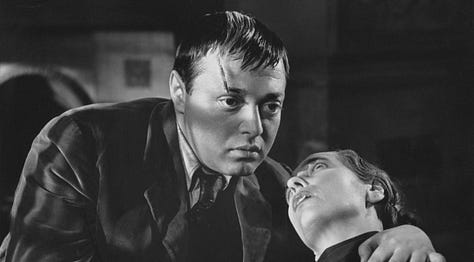
This article is getting to be too long for one Substack post, so I’m going to have to cover the rest of Mr. Lorre’s career in a part 2!
Next week I will cover his Hollywood career, his struggles with addiction, and his later years and sudden death at the age of 59.
TO BE CONTINUED…

